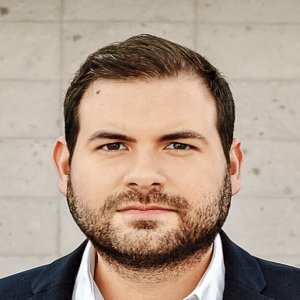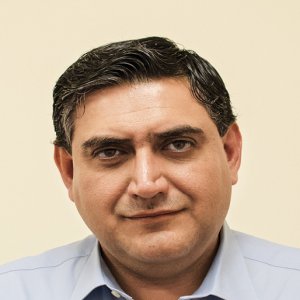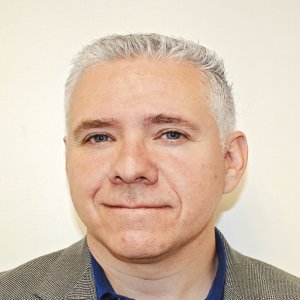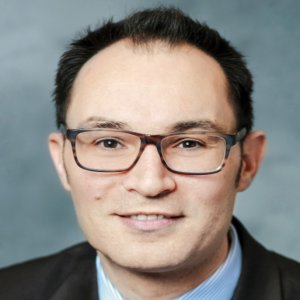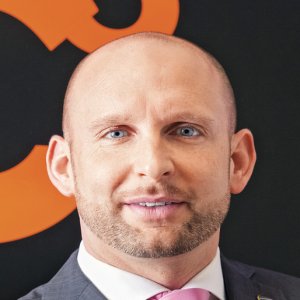Collaboration Sometimes More Prudent than Competition

STORY INLINE POST
Recognizing that any investment arriving in one state impacts the other, a group of businessmen from the automotive sector and the governments of Puebla and Tlaxcala decided that it would be more prudent to join forces rather than try to compete against each other. This practical strategy resulted in the birth of a regional automotive cluster in 2017.
“It was a great achievement to have two state governments from different political parties at the same table. Having different points of view but among people who are willing to collaborate is the essence of the cluster,” says Jaime González, Director of the Automotive Cluster of the Center Region Puebla–Tlaxcala (CLAUZ). In 2016, the value of Puebla and Tlaxcala’s auto parts sector reached US$4.8 billion. This figure is equivalent to 5 percent of the national production of auto parts, totaling approximately US$83 billion, of which 80 percent is exported. The cluster’s goal is to unite automotive companies, and initiatives are driven by three parties: governments, the academic sector or the automotive industry itself.
After these businessmen made the decision to form a working partnership, they hired Manuel Montoya, Director of the Automotive Cluster of Nuevo Leon (CLAUT), to assess and advise them on how to set up the cluster. The cluster’s team worked on the model until it was ready to launch in 2016. This is a cluster that operates with industry and regional governmental funding, but with regional initiatives from the governments of Puebla and Tlaxcala liaising with their respective companies.
To function more effectively three committees were created. One committee oversees human capital, just as in other clusters. “This team intends to be a bridge between students of every level who can join the operations, but we must still invest more in the workforce’s skills,” says González. Another committee was created to promote innovation. The cluster hopes that implementing better processes will lead to greater profitability, novel products and differentiation in the market as the industry becomes more competitive. The third committee is focused on supplier development and has been working since January 2017 to fill the supply gaps in the country and to influence companies that have yet to innovate their operations. “A large area of opportunity in Mexico relates to the many transnational Tier 1s and OEMs that still maintain design operations in Europe, Asia or the US. This generates high levels of auto part imports,” says González.
The challenge Mexico faces is how to venture into collaborative design. “Once we have that, production can stay in Mexico. We want to replicate a project where the Nuevo Leon automotive cluster duplicated tools used abroad for use in Mexico. It operates under a subsidy from the Ministry of Economy in Nuevo Leon. We think we could achieve something similar in CLAUZ, having discovered that Puebla and Tlaxcala need to work together instead of against each other because the competition should be outside the region.”
Another project to boost innovation will map out all infrastructure and equipment in a virtual laboratory database that will include descriptions of what is available to the companies in the region with a preferential price to members. Allowing the equipment to be commercialized at a lower cost to companies in the cluster should reduce the number of companies that send R&D abroad, which companies do because they do not know there are universities, research centers or companies equipped with the machines they need. One of these locations is UPAEP, which has a strong research center specialized in plastics. The Iberoamerican University of Puebla has an Institute of Design and Technological Innovation (IDIT) and ITESM is home to CeDIAM, a research center focused on automotive research.
CLAUZ’ short-term goal focuses on integrating Tier 1s into the cluster because the projects they can complete will be larger. In a second stage, it plans to integrate Tier 2 companies into Tier 1 projects. A third stage will integrate new members to fill gaps in the supply chain. “The cluster’s role is to share industry analyses with the government as they seek the attraction of specific investments,” says González. “Attracting companies should be focused on completing the supply chain to avoid having 20 companies dedicated to the same area” and competing for the same projects.
